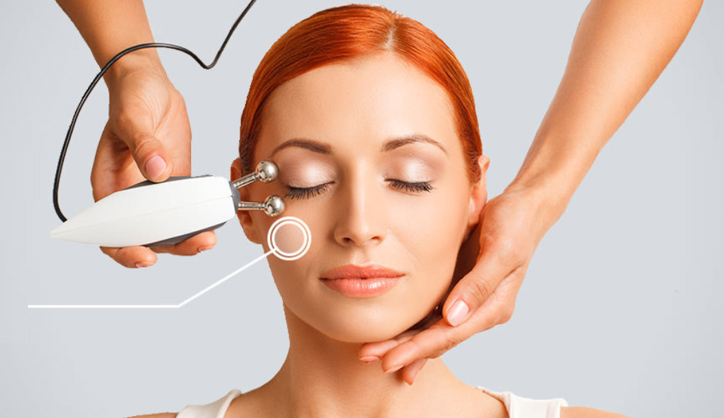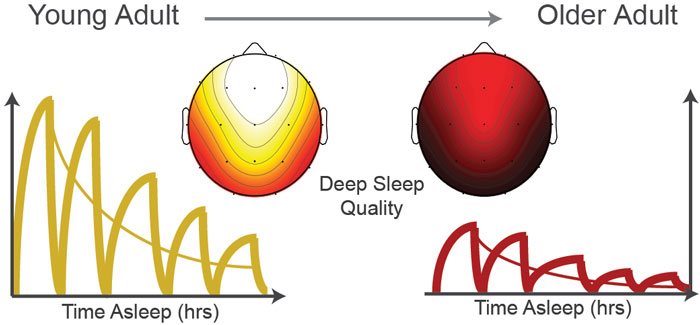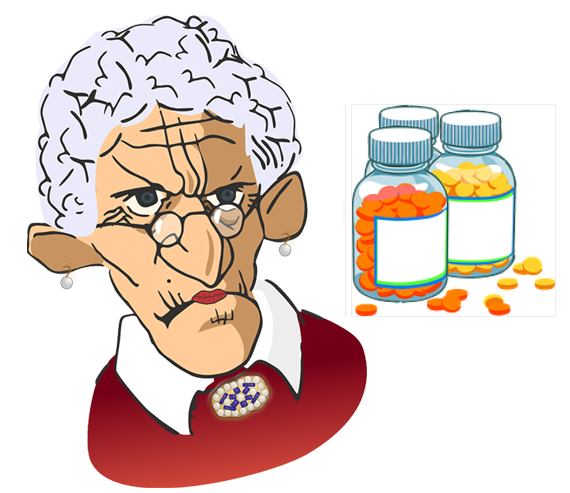Depleted supplies of "feel good" transmitters means it will be impossible for you to feel happy, upbeat, motivated or on track. You will feel just the opposite: A decrease in energy and interest, feelings of worthlessness and a pervasive sense of helplessness to...





